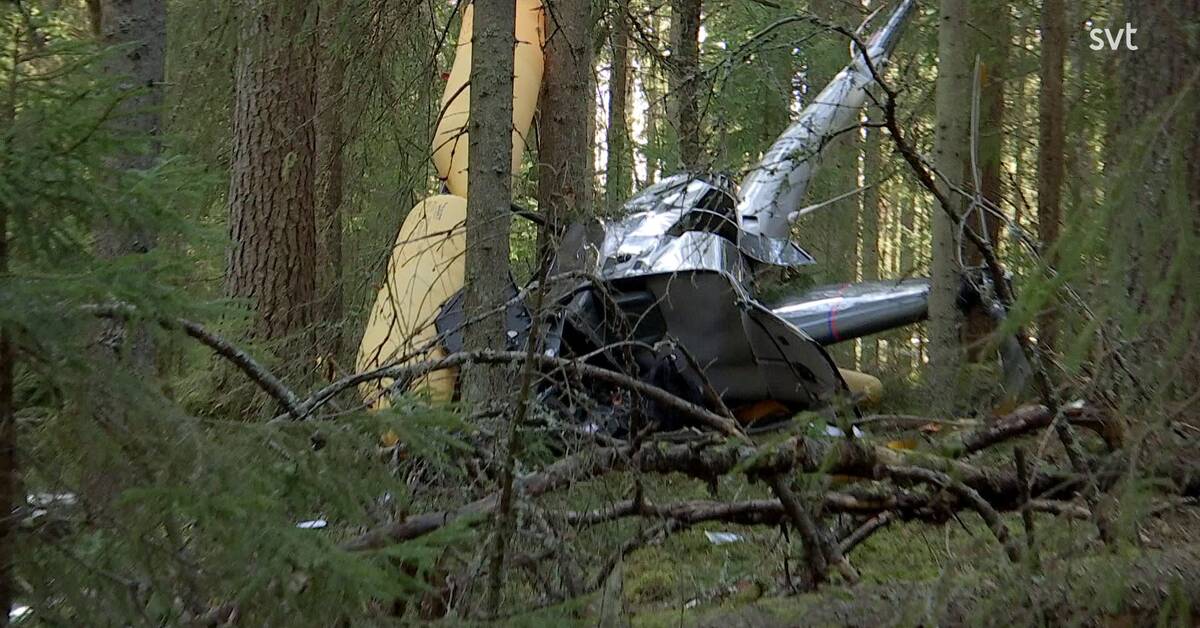Three people were on board the helicopter when it crashed just south of Leksand.
The fall was first braked by the treetops but the helicopter then fell freely 10-15 meters and landed on one side of the cabin.
The investigation can now show the course of events.
Uncontrolled rotation
The helicopter must have been about to land on a field when the pilot unexpectedly flew up to altitude again and stood in a hovering position.
There, the slow-flying helicopter became unbalanced and made an unexpected right turn.
The pilot's attempt to cancel this should not have been sufficient, whereupon the helicopter ended up in an uncontrolled rotation and crashed.
Mystery for the investigators
The accident was long a mystery to investigators.
It was only when a company working with forensic analysis of mobile phones examined data from films taken during the flight that it became clear.
- That was what enabled us to determine the course of events, says investigator Stefan Carneros.
The data showed speed, course and timestamps in the second, which meant that the investigators could see that the helicopter ended up in an aerodynamic phenomenon well known to pilots, which meant that the helicopter behaved as it did.
- It has led to many accidents, says Stefan Carneros.
Limited flight habit
The fact that the helicopter was relatively close to the treetops reduced the maneuvering space.
At the same time, the pilot had relatively limited flying habits.
- You do not have much time when you end up in that situation, says Stefan Carneros.
No technical fault with the helicopter that could have contributed to the accident has been found.
The Accident Investigation Board has not made any recommendations after the accident.
However, the use of data from mobile phones will be used again.
- It will be another tool for us, says Stefan Carneros.

